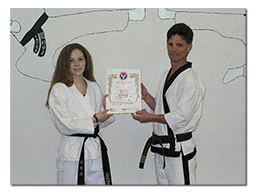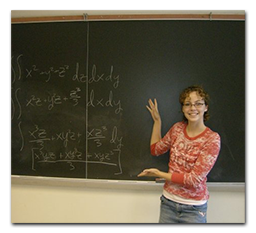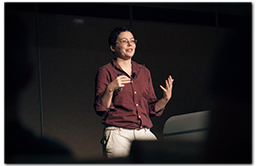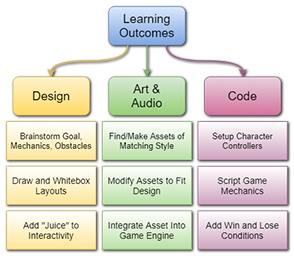Student-Centered Design
My mission as an educator is to foster authentic and inclusive conversations and offer support and guidance as we work together to build a community of active learning. Though my formal education has been focused on technical and design skills, I have taken on a number of less formal courses and certificates to work to refine my teaching and course development process with a focus on crafting an experience for the students. As a life-long learner, I strive to make every iteration of my classes better than the previous and am always on the hunt for new knowledge and ideas that can help me improve.
 My first opportunity to teach came when I got my Black Belt in Tae Kwon Do at 15 and became an assistant instructor for the younger student classes. Though I was quite young myself, this experience resonated with me and the desire to help others succeed became one of my core pillars.
My first opportunity to teach came when I got my Black Belt in Tae Kwon Do at 15 and became an assistant instructor for the younger student classes. Though I was quite young myself, this experience resonated with me and the desire to help others succeed became one of my core pillars.
Throughout high school and college, mentorship and tutoring opportunities became my primary source of income. I tutored math classes during all four years of my bachelor’s degree, ranging from algebra and business math to calculus and differential equations.
 I remember several times being asked if I want to be a teacher after college, and unfortunately my instinct was “no” because I thought these questions were rooted in sexism...what else could a female student do with a math degree?
I remember several times being asked if I want to be a teacher after college, and unfortunately my instinct was “no” because I thought these questions were rooted in sexism...what else could a female student do with a math degree?
Ultimately I changed to a computer science major and went to work as a multimedia developer at a studio that designed software for corporate training - this was my first exposure to Instructional Design. Eventually my path led me to Carnegie Mellon for grad school, where I took a Teaching Assistantship in 3D modeling and several internships working on educational games.
The master’s degree and teaching experience led to an opportunity as an adjunct lecturer teaching evening classes (while working full time at a AAA game studio). After a few years of part time teaching, I landed my current full time Assistant Professor of Practice position at the University of Texas.
 In this role I teach several classes each year, often including one or two new classes that I get to design from scratch. I enjoy the curriculum development aspect, which led me to take on the role of chair of the Curriculum Committee for my department.
In this role I teach several classes each year, often including one or two new classes that I get to design from scratch. I enjoy the curriculum development aspect, which led me to take on the role of chair of the Curriculum Committee for my department.
I believe that students are the central and most important part of education. My focus in my classes is designing a student-centered experience, with less emphasis on lecturing and more emphasis on engaging activities and projects.
 My classes have gradually been evolving to the “flipped classroom” model. I pre-record short lectures and technical demonstrations which my students follow outside of class time, and we use our synchronous meetings for discussions, small group collaboration, and opportunities for students to ask questions and to share their work with the class for live critiques.
My classes have gradually been evolving to the “flipped classroom” model. I pre-record short lectures and technical demonstrations which my students follow outside of class time, and we use our synchronous meetings for discussions, small group collaboration, and opportunities for students to ask questions and to share their work with the class for live critiques.
All of my classes involve at least two large projects (sometimes as many as 8). This project-based collaborative learning allows students to work on interdisciplinary teams and build on their skills from the class to create portfolio pieces.
Every project has a goal (ex. create a fully playable game level) and several constraints (level must include a locked door, collectables, and a damage trap), but still leaves room for student creativity so they can really make the projects their own and show their passion.
I've also had some excellent opportunities to collaborate with other faculty. I've co-taught two classes, once with a professor with decades more experience than me (which was a phenomenal learning opportunity). In 2019 I was involved with an Escape Room project which spanned several classes including mine. My students created the digital prototypes of puzzles, which other classes iterated on and turned into a full physical experience.
In my free time I've written about my research in this area - Student-Centered Learning: A Culmination of the 7 Affordances